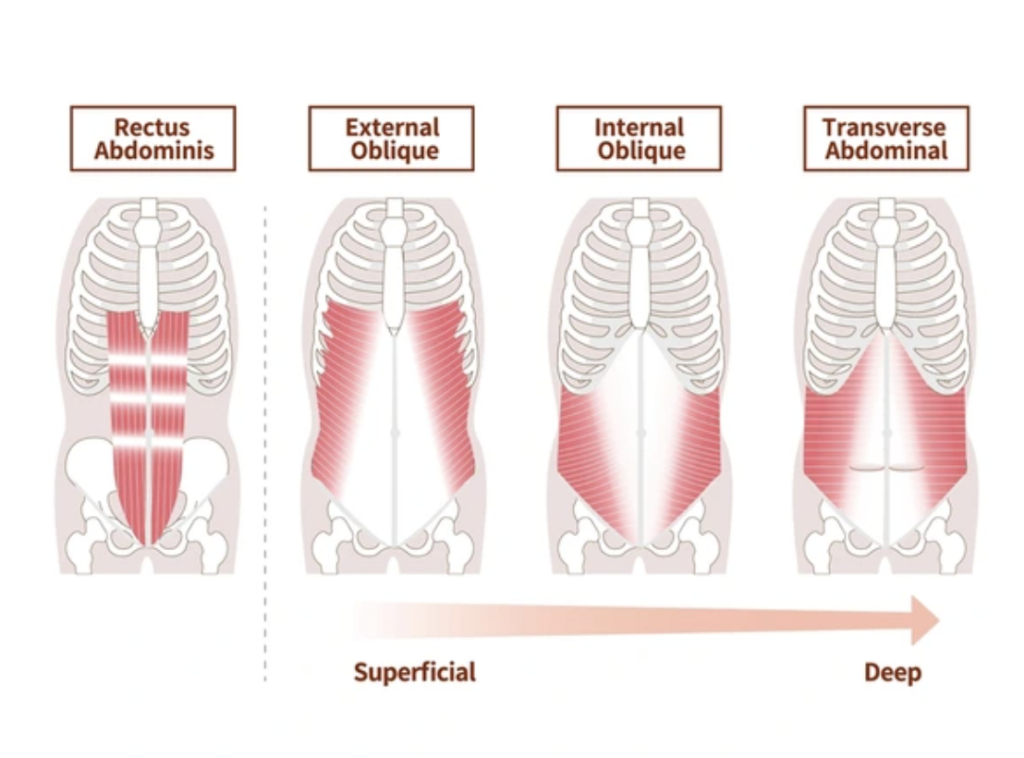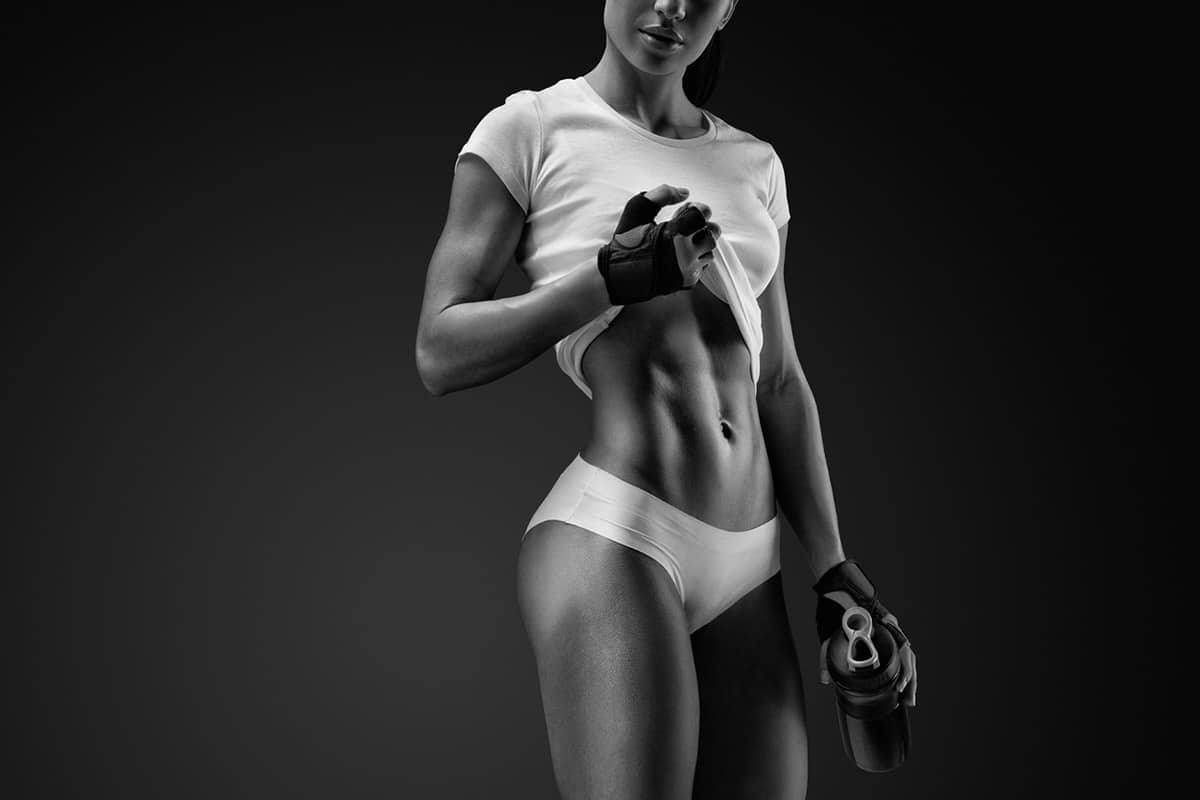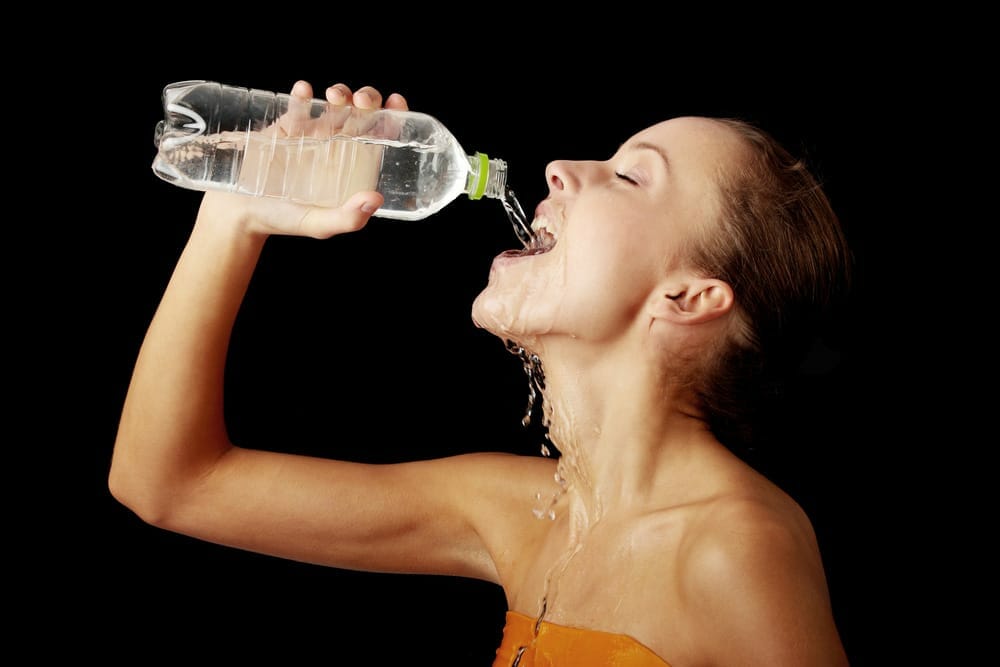So why don’t you have a six-pack? Here are the mechanics behind getting hard abs, explained by trainer James Hardy, founder of LiveFit.
What is a six-pack?
The anatomical name for the six-pack is the Rectus Abdominus, a paired muscle that runs vertically on each side of the front of the abdomen, separated down the middle by a band of connective tissue called the linea alba (“white line”). It’s this line, and those that run horizontally across this muscle group, that create the six distinct parts of a six-pack.

What does this muscle do?
It’s an important postural muscle and is responsible for flexing your spine forward, such as when doing a crunch. It also assists with breathing, stabilising the torso during exercise and protecting your internal organs from impact.
Why can’t I see mine?
Everyone has a six-pack, but most people can’t see theirs for one simple reason: it’s hidden under a layer of fat. Men are predisposed to storing body fat around the stomach, whereas women keep theirs on their hips and bottom. If you have excess body fat, it’s going to prevent your abs from getting any admiring glances.”The only way to burn away excess fat effectively is weight training and high-intensity cardio.”
What’s the best way to get rid of belly fat?
For years people have believed, wrongly, that lots of cardio training in the “fat burn zone” was the only way to shift body fat (see “Six-pack myth” below). The only way to burn away excess fat effectively is weight training and high-intensity cardio such as sprints. These approaches increase your heart rate and your metabolism — the rate at which your body burns calories — so that your fat stores have to be used as fuel. You also need to follow a high-protein diet that’s low in quick-release carbs, such as white bread, rice, pasta and sugary snacks. These foods flood your body with energy that not only prevents you from burning fat but will increase fat stores if you don’t use up all that energy.
What exercises are best for building a six pack?
Heavy compound lifts such as squats, deadlifts and shoulder presses work your entire abdominal region far harder than sit-ups or crunches. That’s because these muscles are responsible for stabilising your torso and so must work hard to keep your upper body in a stable, secure position whenever you lift heavy weights. Your core also plays a huge role in the transfer of power from your legs to your torso, so the Olympic lifts are also extremely effective at working the abs and the deep-lying muscles underneath.
What about moves that directly target the abs?
Some abs-specific moves are worth including in your workouts, but the sit-up isn’t one of them. This move is dominated by the hip flexor muscles, not the abs, so it’s never going to build a six-pack, no matter how many of the suckers you crank out. There are much better alternatives, such as the plank and the weighted leg raise. Performing weighted rotational moves will also improve functional strength and definition up the side of your abs (the obliques). Cable rotations are perfect.
“You should train in the fat-burning zone to get a six pack?”
Long, slow, steady-state cardio exercise keeps you in the heart-rate range sometimes known as the fat-burning zone, which means your body uses more energy from fat stores than from carbohydrates. But if this was really the best way to burn fat, everyone who ran the London Marathon would cross the finish line with abs of steel. In fact, while this type of training burns a lot of calories, it doesn’t produce optimum fat loss. That’s because any type of exercise exceeding around 45-60 minutes will lead to an increase in the stress hormone cortisol and a decrease in the muscle-building, fat-burning hormones testosterone and growth hormone. High cortisol levels tell your body to store more of the energy you eat as abdominal fat and break down muscle for energy. So keep all your sessions short and intense to get ripped faster.




